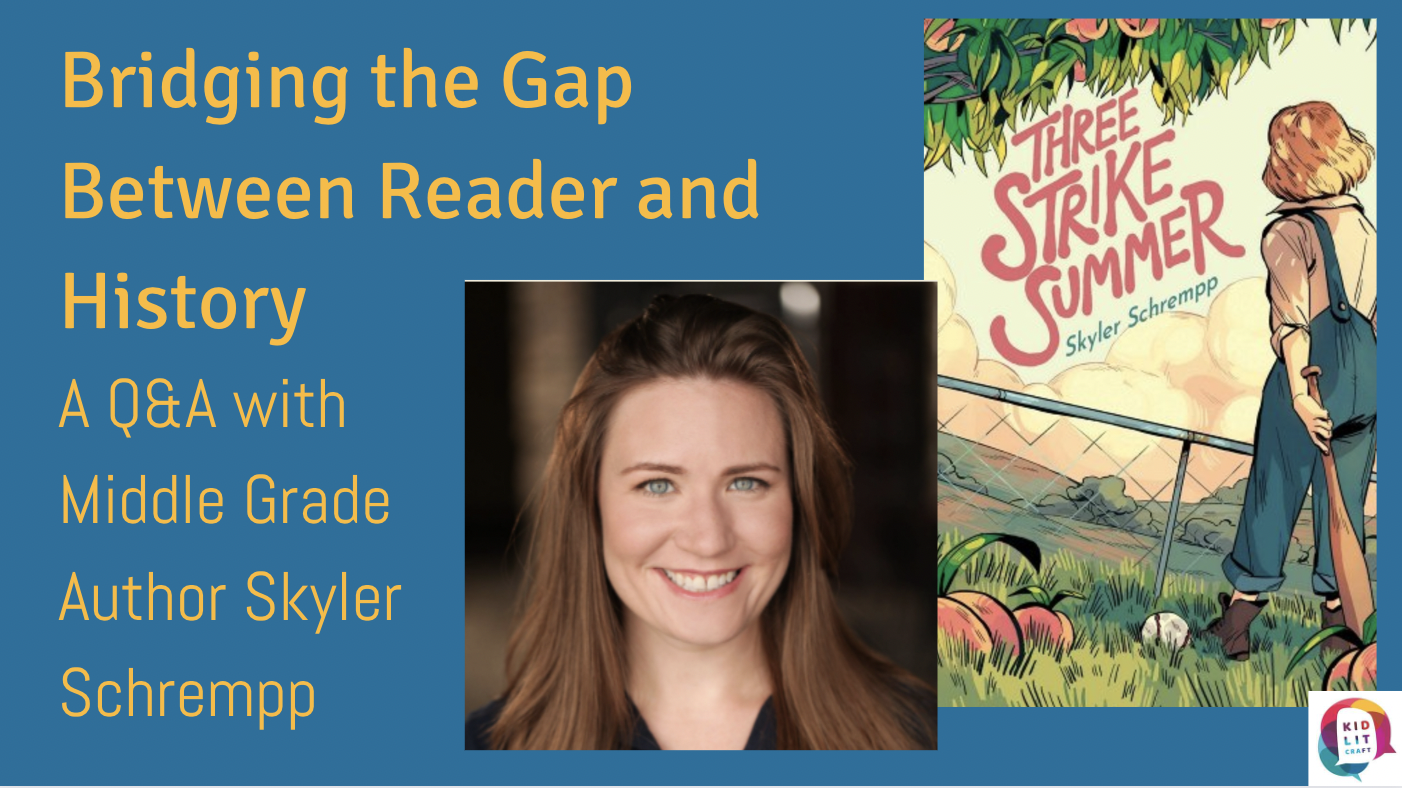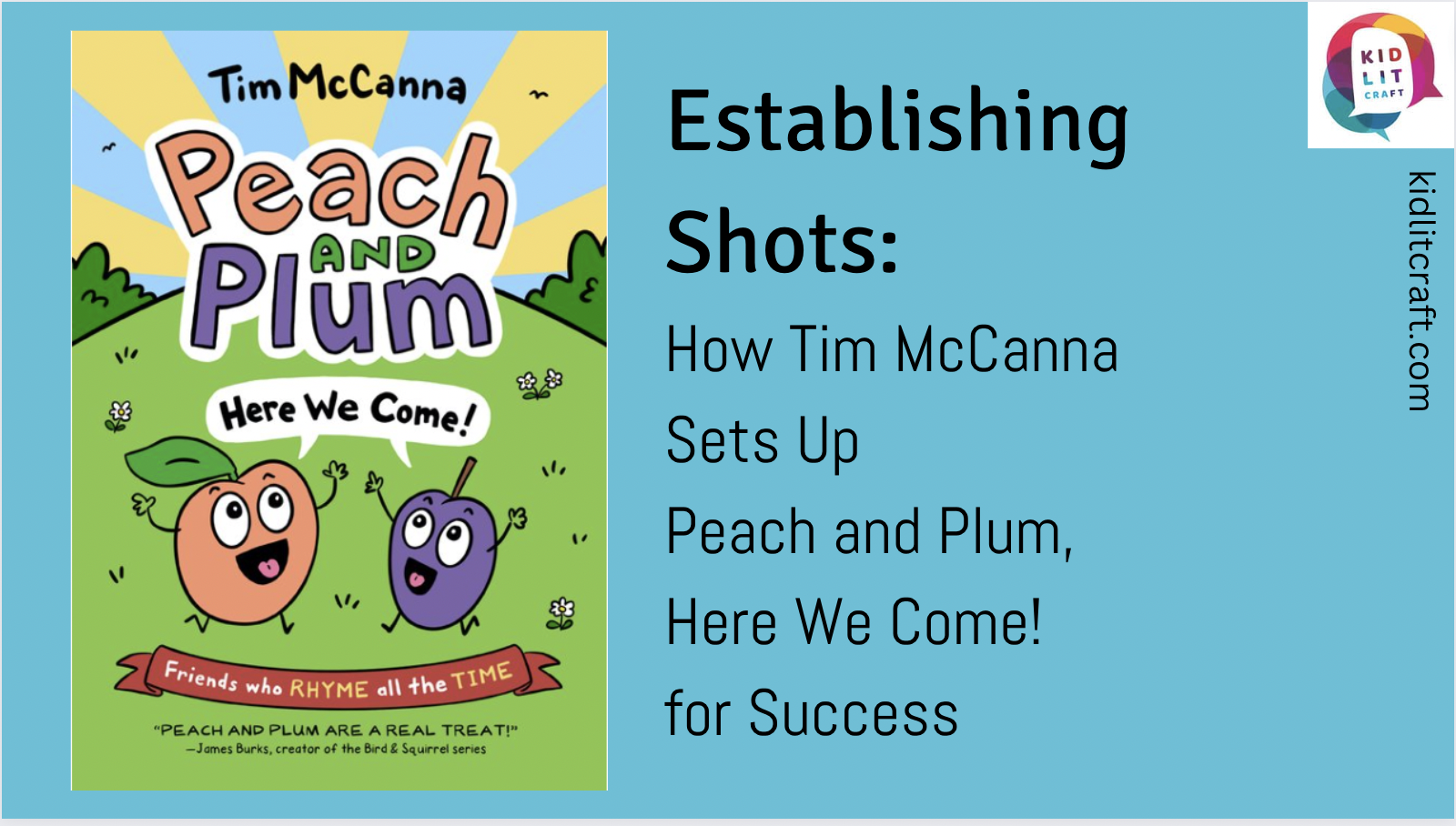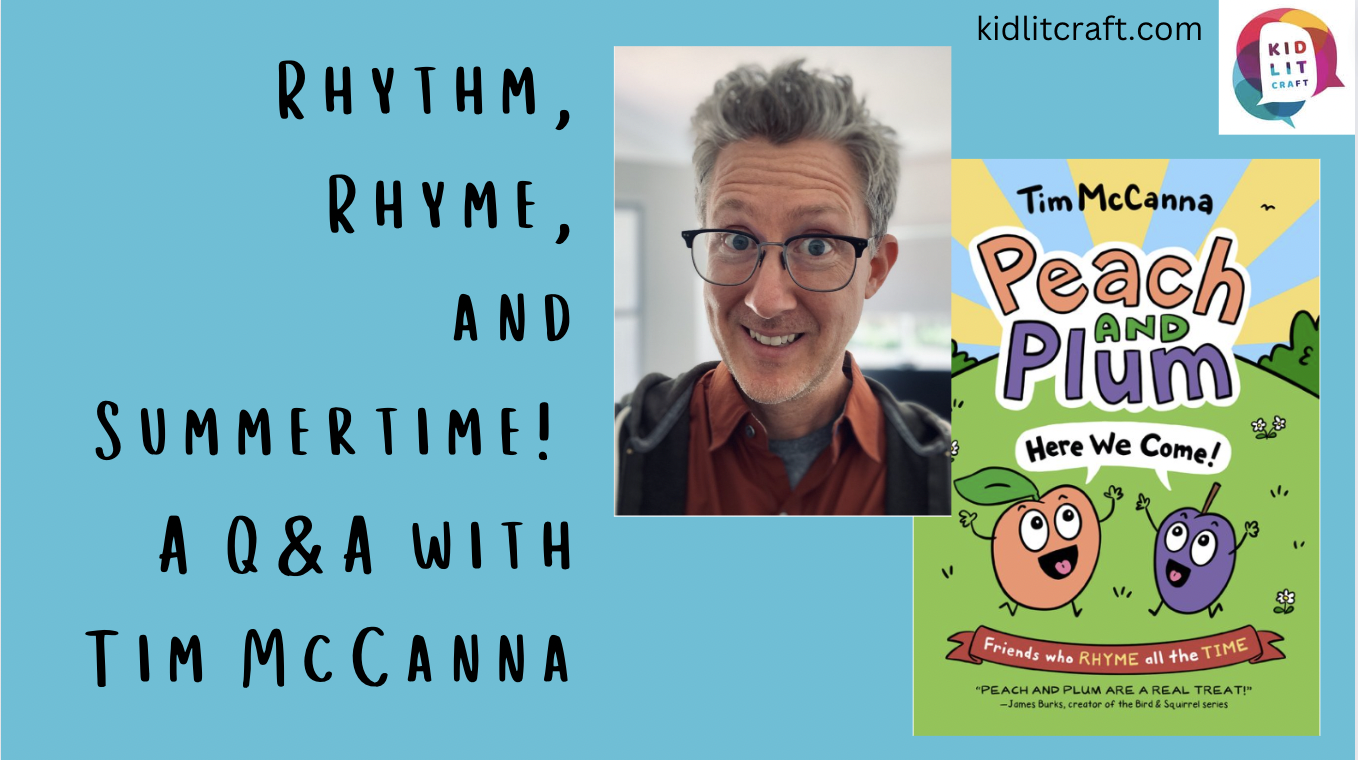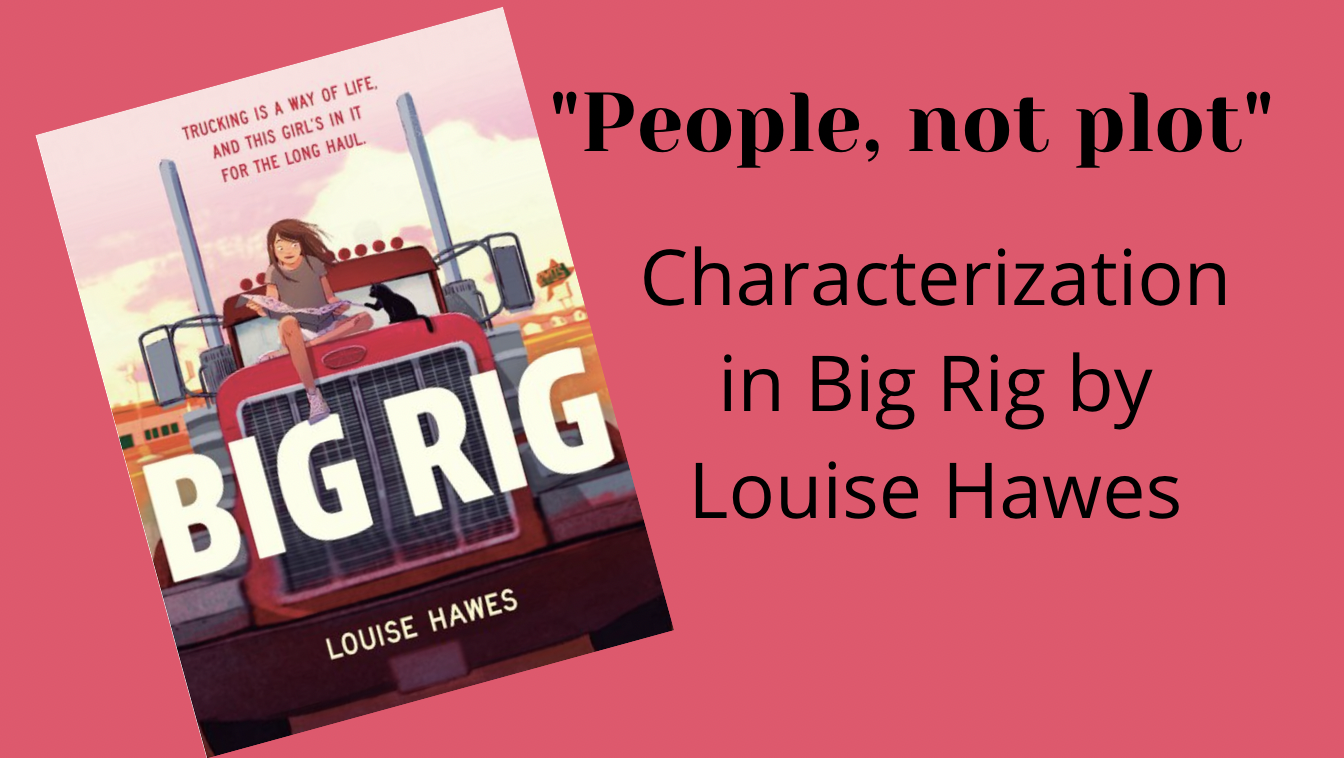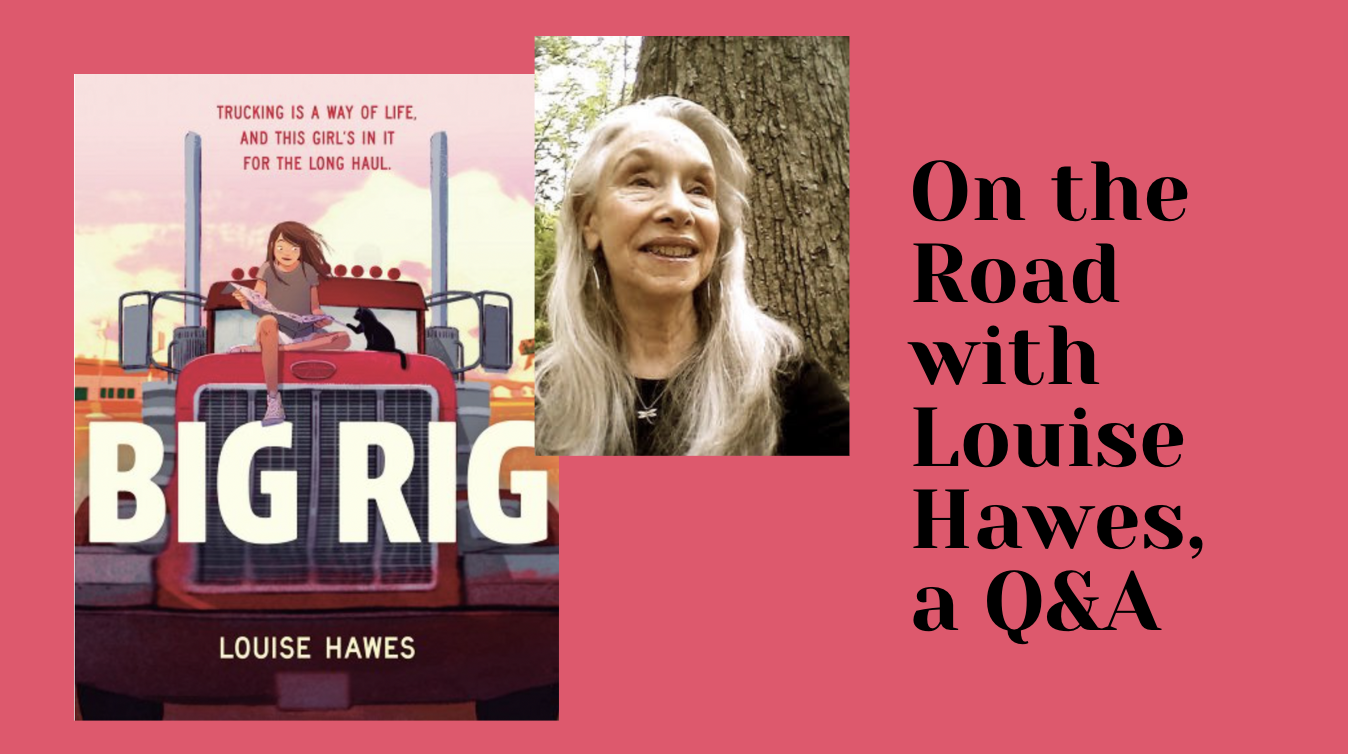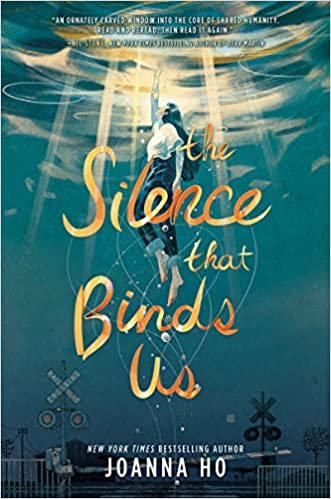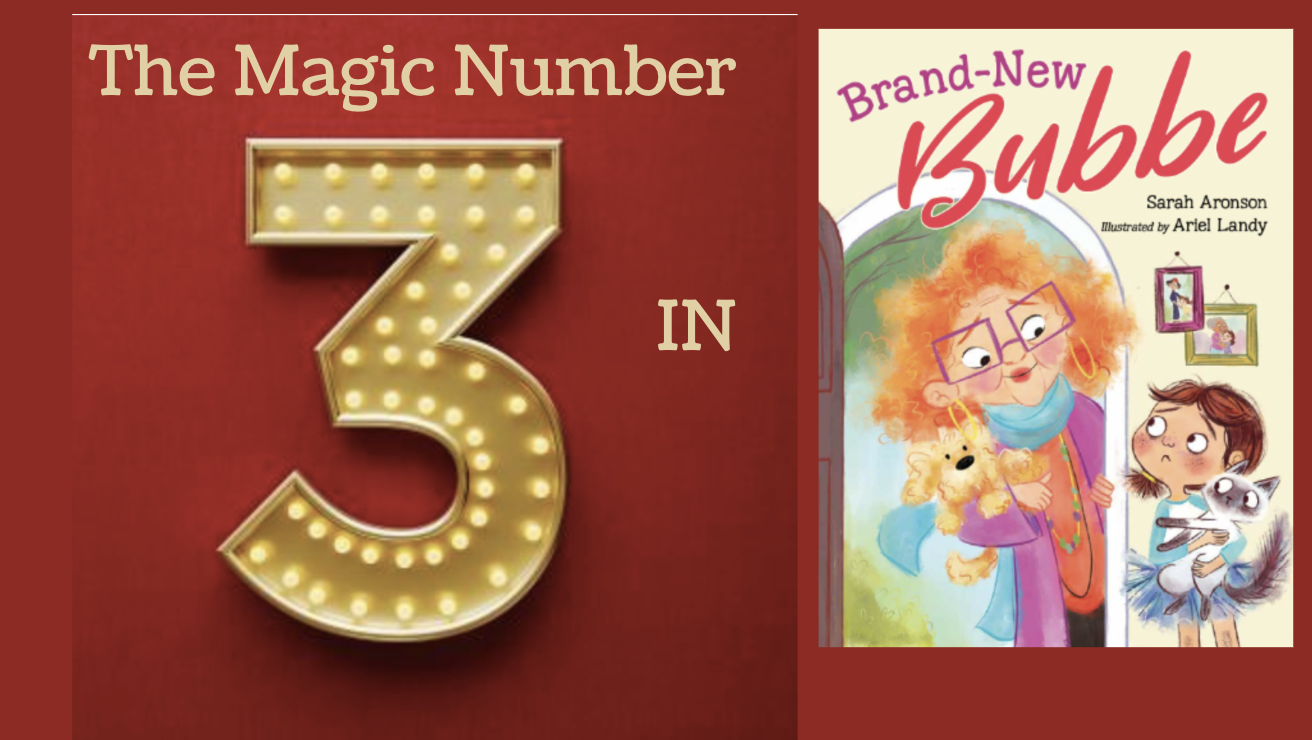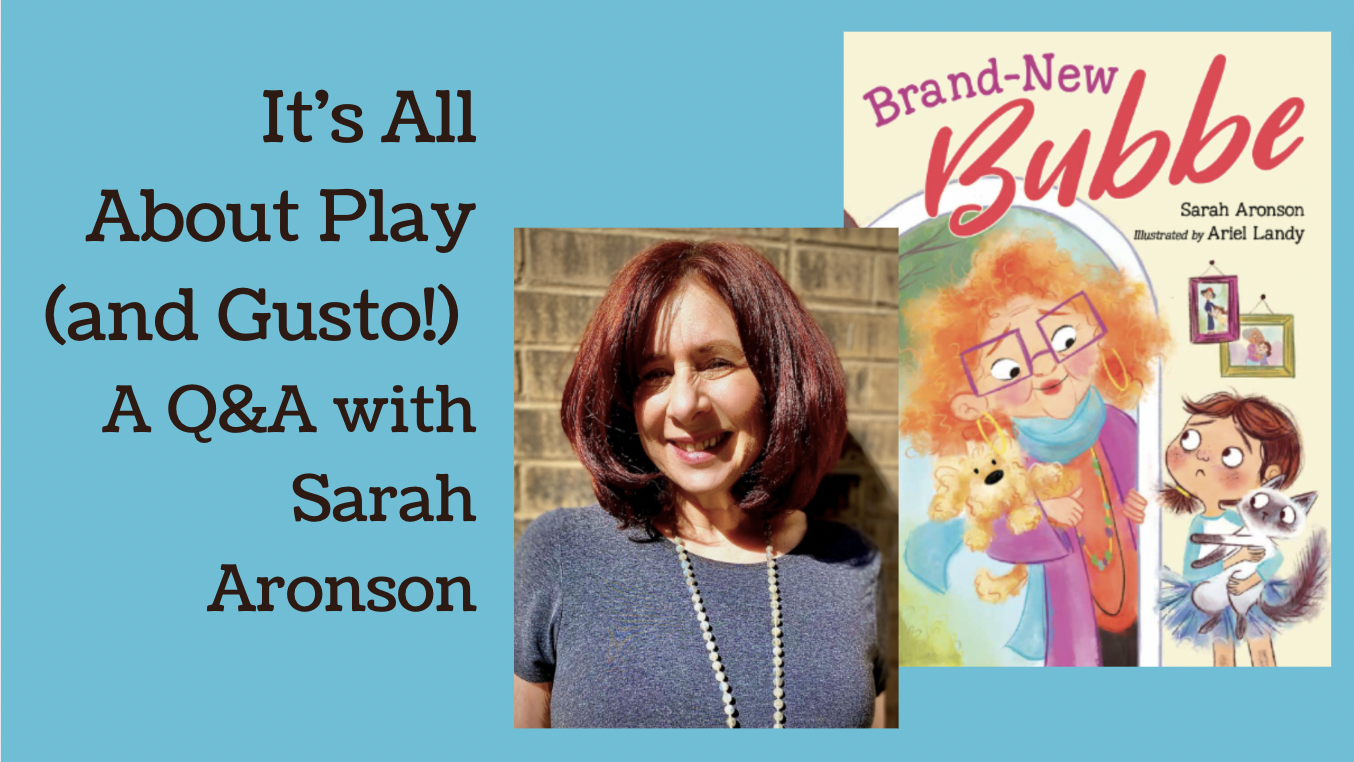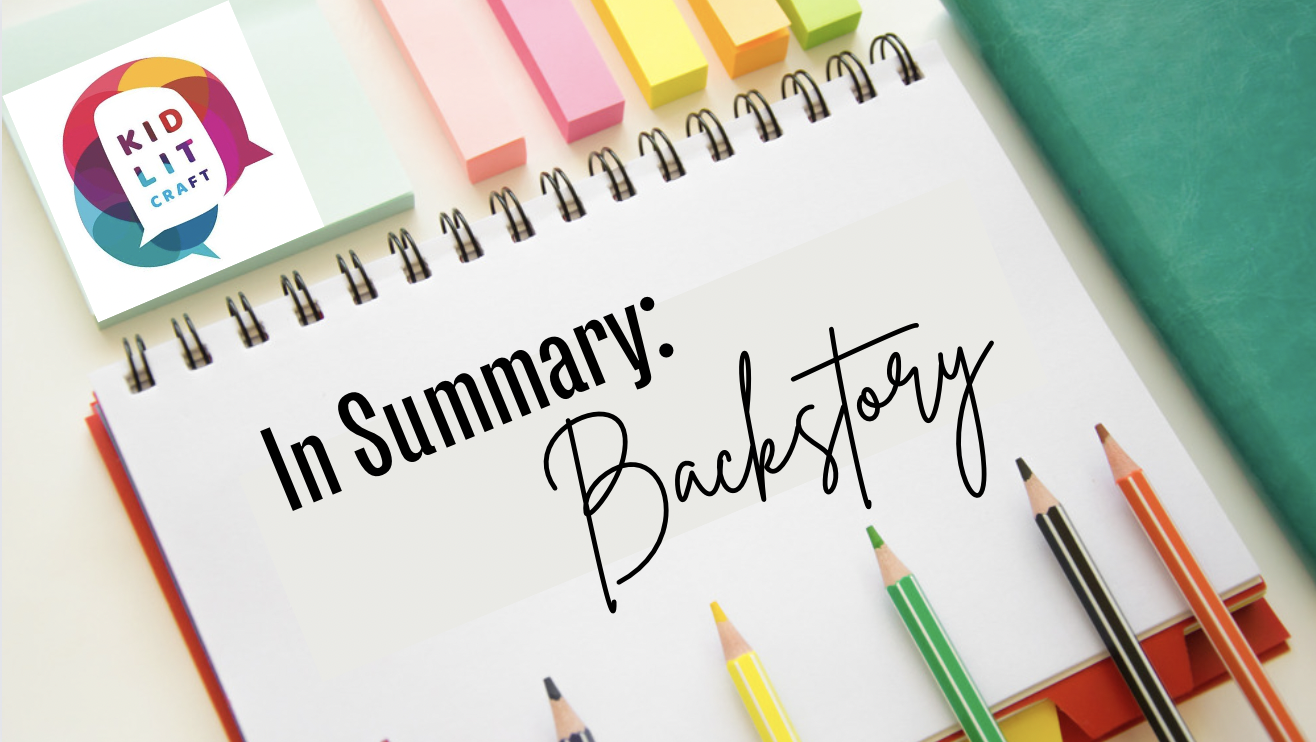hello!
JOIN US IN EXPLORING OTHERS' CRAFT AND BUILDING OUR OWN
Skyler Schrempp: “I once read that George R. R. Martin talks about writers as “architects” or “gardeners”. Architects plan everything out before building and gardeners plant a bunch of things and see what grows well. I guess I see myself as more of a gardener than a panster! Pantser implies you’re really winging it, but I feel very intentional when I write…and it’s slow…like gardening.”
In order to get early readers on board, Tim had to draw readers in from the very first page and show them what to expect from the book. His 38-word, two-spread introduction to the book is a master establishing shot that covers not just setting, but all the elements readers need to be pulled into a story.
Tim McCanna: “Trusting your intuition has to be earned by running into a lot of roadblocks and successfully finding your way through them. That’s true for any kind of writing.”
In the spirit of Hazel’s focus on people, I want to examine how Hawes establishes such a large cast of memorable characters. In both the opening and in introducing new characters throughout the book, Hawes uses voice, descriptions, and mood to establish characters quickly.
Louise Hawes: I often spend months (sometimes years) filling a notebook with my character’s responses and thoughts before I begin writing an actual draft. That notebook is all in long-hand, as you know, and I don’t stop to edit or erase anything. My characters’ letters are in the first person, and result from a fluid, bodily connection from my heart to my hand to the page. In contrast, my draft will be typed on a laptop, the far less spontaneous product of me thinking and feeling my way into a story that features the character whose voice has already filled my notebook.
By setting up a compelling story question in the reader’s mind, and then increasing the stakes throughout the second act, Joanna Ho has crafted the perfect crisis with its excellent Irreconcilable Goods options.
The more specific a story, the more universal it becomes. This is one of the most enduring bits of writing advice I have ever received. When we can write to one particular story, experience, character with specific detail and nuance, it makes it real. It feels true. There are always spaces to find our shared humanity, and this is only possible when we come to understand the richness around us.
Numbers have power, magic, even. Not the abracadabra kind, but the kind that makes a reader sit up and pay attention even though they don’t know why. Sarah Aronson understands the power of the number three as a literary device and uses it masterfully in her picture book, Brand New Bubbe.
Sarah Aronson: “No two projects emerge the same way, but I will commit to this: my process is aggressively playful. It’s my policy NEVER to say no to an idea until I’ve tried it out.”
Backstory is a necessary part of telling a story, but how much to include and what to leave out can be complicated. It’s rare in books for kids to have many pages of backstory in a row (though Crenshaw by Katherine Applegate does it with style). At KidLit Craft, we’ve explored backstory in many categories and genres. Here are our favorite posts about backstory.
